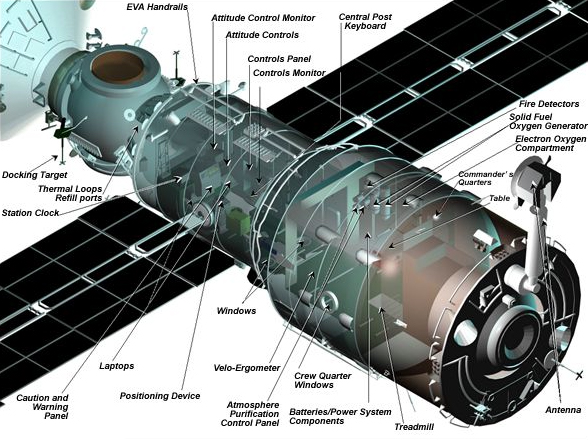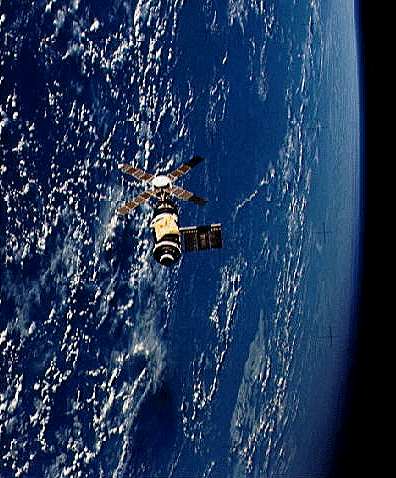Fifteen years ago today — September 30, 1994 — astronauts Michael A. Baker, Terrence W. Wilcutt, Thomas D. Jones, Steven L. Smith, Daniel W. Bursch, and Peter J. K. Wisoff launched from the Kennedy Space Center aboard Space Shuttle Endeavour on mission STS-68.

(STS-68 mission patch. NASA image.)
The mission carried the Space Radar Laboratory on its second flight, and imaged some of the same areas the SRL had imaged before.
Flying SRL during different seasons allowed comparison of changes between first and second flights. SRL-2 was activated on flight day one, and around-the-clock observations conducted by astronauts split into two teams. Besides repeating data takes over same locations as on first flight, unusual events also imaged, including erupting volcano in Russia and islands of Japan after earthquake there. Also tested was ability of SRL-2 imaging radars, Spaceborne Imaging Radar-C (SIR-C) and X-band Synthetic Aperture Radar (X-SAR), to discern difference between such human-induced phenomena as an oil spill in the ocean and naturally occurring film.
[BREAK, BREAK … BONUS SPACE HISTORY ITEM]
Normally I’d wait until next year to include this item, since I usually deal only in 5-year-multiple anniversaries, but this one is work-related.
I’ve been putting together aerospace history pages that focus on North Carolinians or people with connections to the state. It just so happens that four years ago today — September 30, 2005 — North Carolina astronaut William “Bill” McArthur launched on a Soyuz rocket from the Baikonur Cosmodrome in Kazakhstan, en route to taking command of International Space Station Expedition 12.
If you know any North Carolina teachers, direct them to the NC Aerospace Initiative’s Aerospace Education section, where we will link information on NC aerospace history that they can use in their classes.



 by
by 















